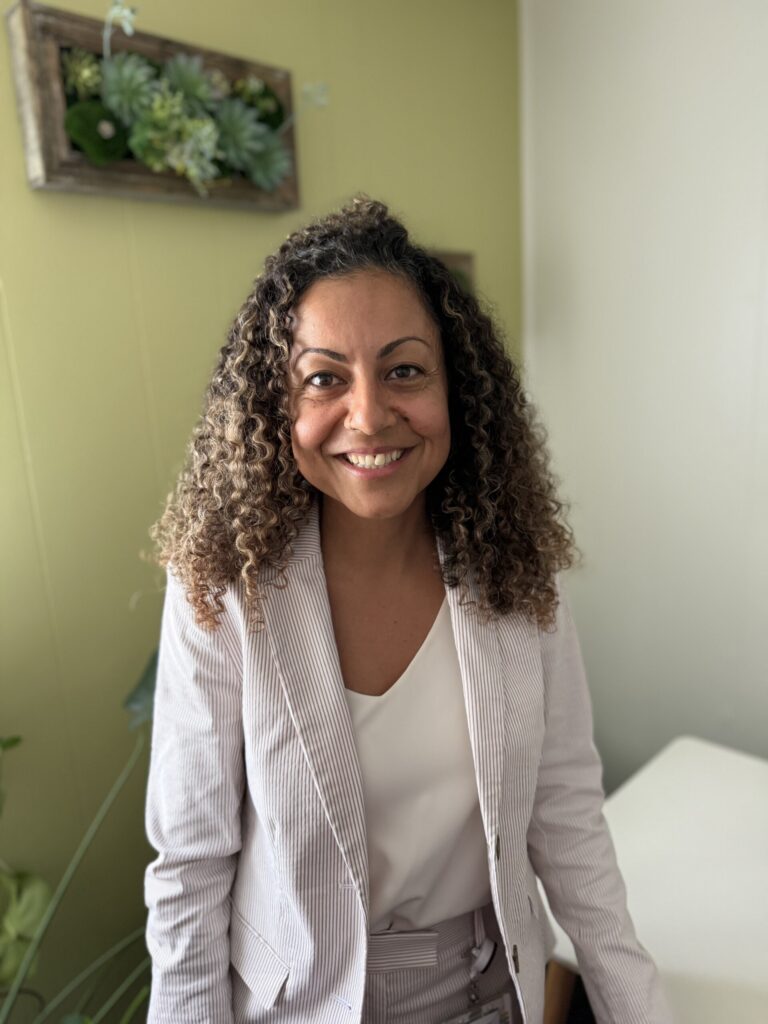When Sherry Hite started her career in medicine, cancer rehabilitation was not yet recognized as a formal specialty. “Mortality rates were so high when I was studying medicine that we weren’t talking about rehab,” she reflects. But as science and medicine improved, so too did outcomes. As this field began to emerge, Sherry has become a pioneer at City of Hope, helping to shift the conversation toward quality of life — and how to support patients long after treatment.
Rehabilitation as the “How” Behind the “Why”
“My passion is helping people live their life,” Sherry says. “Rehabilitation is the ‘how’ behind the ‘why’ — it’s how people can live their best life.” The “why” is what motivates patients to heal, seek care, and persevere; the “how” is the practical strategies and daily adjustments that patients can make to improve their quality of life and daily functioning that will help them achieve their “why.”
Building a Culture of Care
One of the things Sherry loves most about working at City of Hope is the shared sense of purpose. “It’s really all hands on deck here,” she says. “Everyone is focused on the best outcomes for patients.” For her, that means thinking ahead — not just about recovery, but about prevention.
“In the future, we want to reach more patients and reach them at the right time,” she explains. When asked where in the cancer care continuum patients should seek rehabilitation, Sherry says, “from the moment of diagnosis, patients should be thinking about rehab.” She is especially passionate about pre-habilitation — a growing movement to strengthen and condition the body before treatment begins. “The earlier you start rehab, the better the outcomes.” She explains that this pre-habilitation can make all the difference in building the body’s strength, like an athlete training for a competition, before undergoing arduous treatment.
The Power of Movement
Sherry is an advocate for daily physical activity — whether or not a person has a cancer diagnosis. “Just move,” she says. “Stand up at your desk, park far away and walk to the office.” (She and I laugh about how far away from her office I had to park at City of Hope!)
She emphasizes that unstructured activity spread throughout the day is even more beneficial than one hour of intense exercise followed by a sedentary day. “It’s about cumulative movement,” she explains, “not just checking a workout box.” Those who live an active lifestyle in their day-to-day tasks achieve more movement throughout the day than those who only do structured fitness for a finite amount of time each week.
Sherry says that her job is to help people live–truly live. She wants her patients to thrive with the best quality of life possible. When asked what activities make her feel like she’s truly living, in the life-filling way she describes, she says, “raising my daughter.” Outside of work, she finds her greatest joy in raising her daughter, whom she’s enthusiastically encouraging toward a future in healthcare. “She’s 13, and I’ve definitely planted the seed,” Sherry says with a smile.
Sherry’s warm presence, humor, and commitment to improving patient well-being make her an extraordinary leader in the field of cancer rehabilitation — and a driving force in shaping the future of supportive care. We are so grateful to Sherry for her generosity of time and spirit in serving on our Professional Advisory Network at Cancer Support Community Greater San Gabriel Valley.

Learn more about Sherry Hite and the City of Hope Department of Rehabilitation here.
